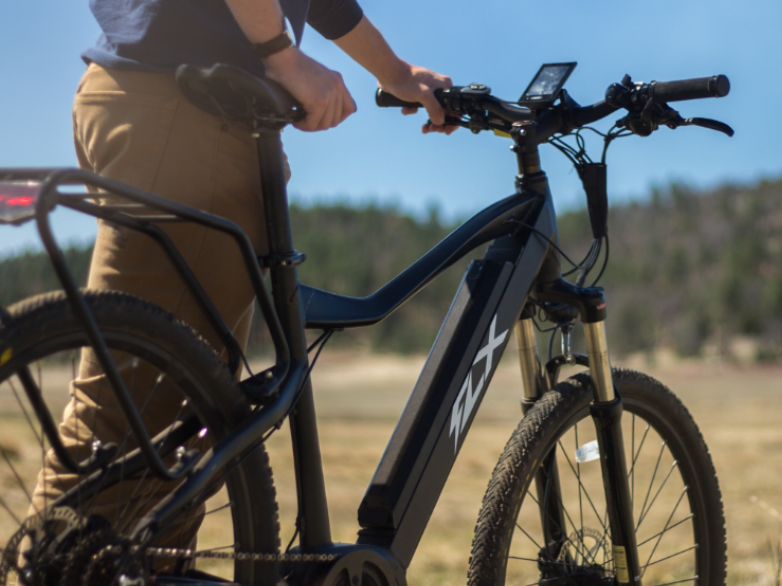
Laws & Regulations
An electric bicycle is not a moped, motorcycle or scooter. It's a totally different kind of vehicle that’s making waves throughout the U.S. and across the world. If you love riding your bicycle but want to ride with more power and at faster speeds, an ebike is perfect for you. A pedal assisted bicycle looks like a traditional bicycle but significantly outperforms your beloved beach cruiser or mountain bike. With an electric bike, you can climb hills with ease and considerably speed up your commute. But if you’re switching from a traditional bicycle to one fitted with an electric motor, you should be aware that laws concerning traditional bicycles often vary greatly from electric bike regulations.
Defining the Electric Bike
If it’s neither moped nor bicycle, what exactly is an electric bike? Simply put, a bike is classified as an e-bike if it’s outfitted with pedals and an electric motor no larger than 750 watts. Ebikes are typically subject to stricter regulations than normal bicycles.
Electric bikes are eco friendly, giving off only a small percentage of the emissions that cars do. Rechargeable lithium battery bicycles are great for short commutes, and with the latest battery technology, some models can have a range of over 100 kilometers. If you have a solar or wind powered source to recharge the batteries, your carbon footprint shrivels. Pedal assisted bikes are cheaper and easier to buy or maintain than cars, and much easier to park. They are also still cheaper and easier to maintain than motorcycles.

U.S. Electric Bike Regulations
Whether your e-bike is an urban/street model, a Class-3 Speed Pedelec or a laid-back electric cruiser, you must abide by the rules of the road. The majority of U.S. states are a bit old-fashioned when it comes to electric bicycle class regulations, and you’ll have to do your research to find out when and how to ride legally. In some cities, electric bikes are completely illegal on public roadways. Until very recently, this was the case in New York City. But just last month the city government has lifted the ban, now recognizing ebikes with a maximum motor-propelled speed of 20 mph as a legitimate means of transport. Other cities and states either classify e-bikes as bicycles or mopeds, which often leads to confusion and unsafe riding conditions. As of 2018 only a handful of states have model e-bike regulations in place: California, Utah, Colorado, Arkansas, Illinois, Michigan, Tennessee, Washington and most recently Arizona (goes into effect Jan 1. 2019). In these model states, electric bikes fall into three distinct classes, which are outlined below.

Class 1
Class 1 e-bikes are also called “low-speed pedal-assisted electric bicycles.” A pedal assisted ebike tops out at 20 mph, and the motor only provides assistance while riders are pedaling.
Class 2
The “low-speed throttle-assisted electric bicycle” is commonly known as a Class 2 electric bike. Class 2 models don’t require the use of pedals and, like the Class 1, have a maximum set speed of 20 mph.
Class 3
The fastest e-bike allowed on the road is the Class 3, or “speed pedal-assisted electric bicycle.” Models in this electric bicycle class are outfitted with a speedometer, and the motor only provides assistance during pedal operation.






Share:
History of cycling and electric bikes
FLX SELECT PROGRAM LAUNCH